
Layers
‘Tra-digital’, from the combination of traditional and digital, is a way of describing a mixed media approach that combines both technology and ‘hands-on’ tools and techniques. It seems to be useful term for explaining the potential cross-over, the blurry edges, and the opportunities we have, when we move beyond divisions between old and new in the studio and classroom.
Here’s an example of a tra-digital workflow, explored in three parts, that allows student to engage with the concept of layers, value and tone, space and composition, etc as they move between a variety of practices and processes.
Part 1. Creating collaborative photography with light
As part of an exploration of the elements of art and the building blocks of visual communication, groups of students explored the expressive qualities of light, positioning iPhone flashlights to throw shadows over collected natural objects to manipulate positive and negative space during the production of an interesting composition.

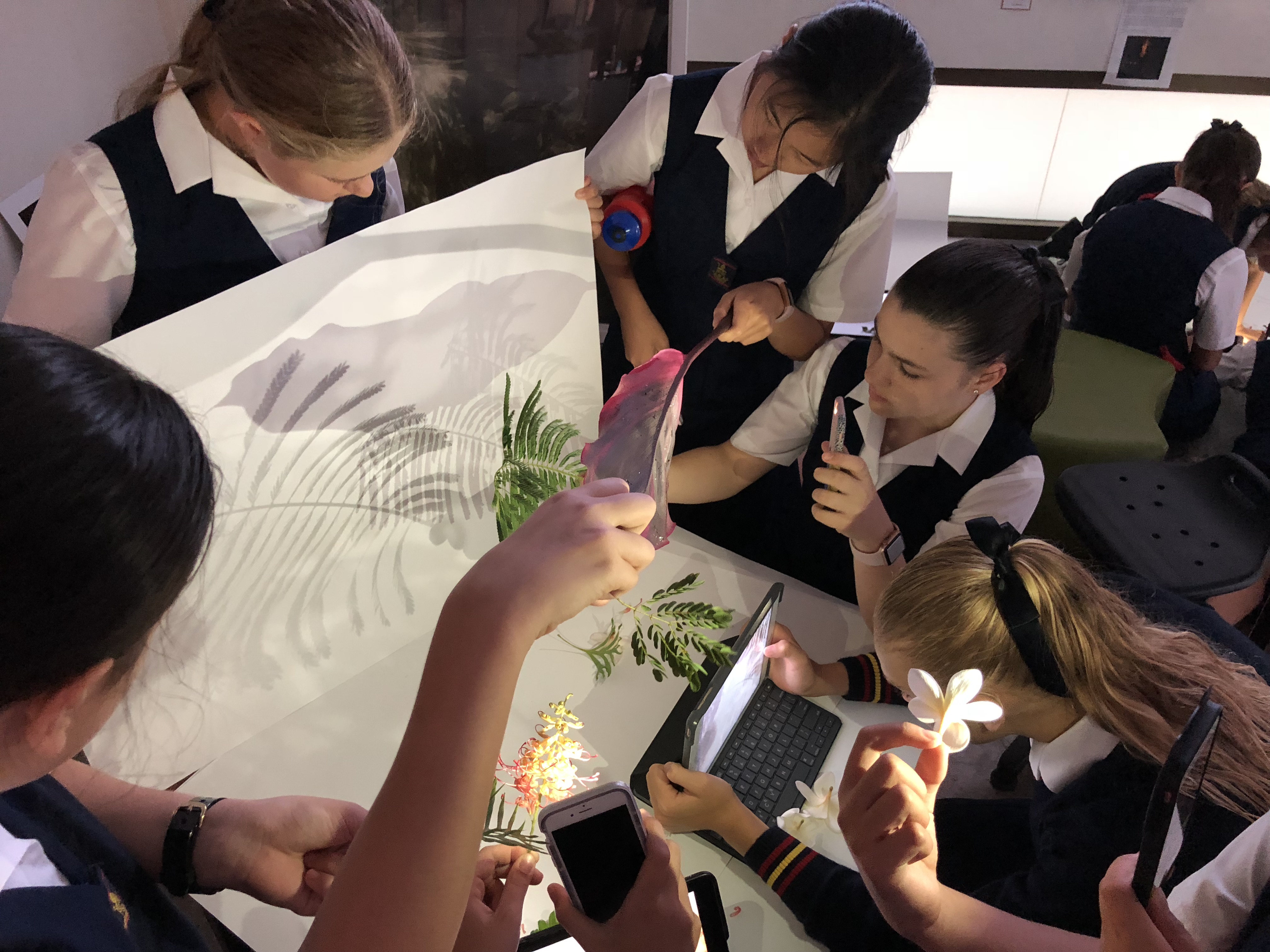
Part 2. Select and print image
Once a variety of photographs were in the Photo Library, students began looking carefully at their developing folio to make informed decisions about their next shots. And, once they had some images that they felt addressed the task really effectively, they printed out one favourite to print for the next step.
Just as a side, we printed on A3 cartridge; the size gives the students some room to work and cartridge is heavier than photocopy paper (but runs easily through most machines) so it can withstand the mixed media approach of the following steps.
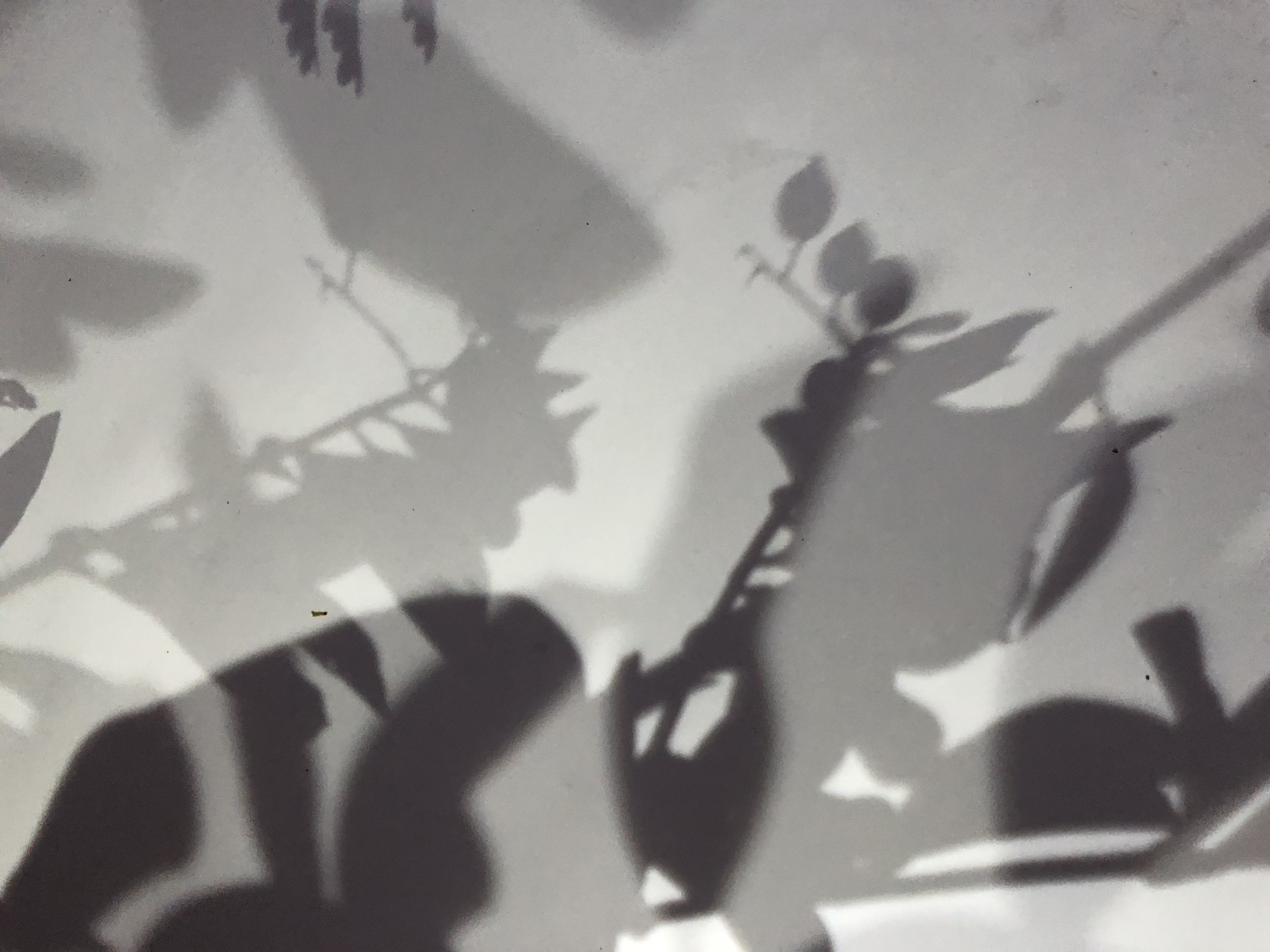
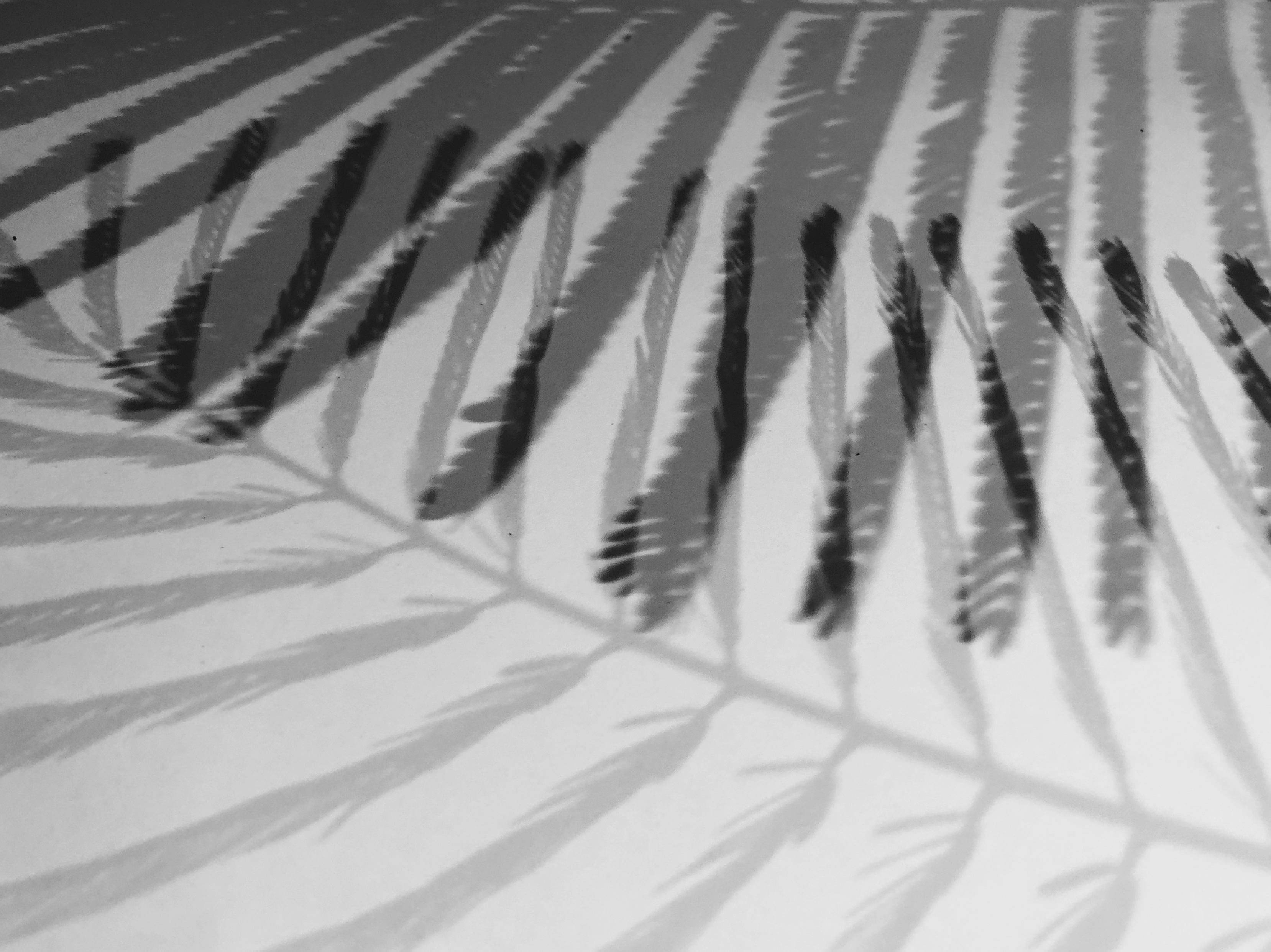

Part 3. Work over the top
During the third phase of this task, students could choose from a variety of techniques to explore. Working with their natural objects over the top of their photographic work on paper, students created stencils, rubbings, worked to define outlines, drew over sections, etc etc.
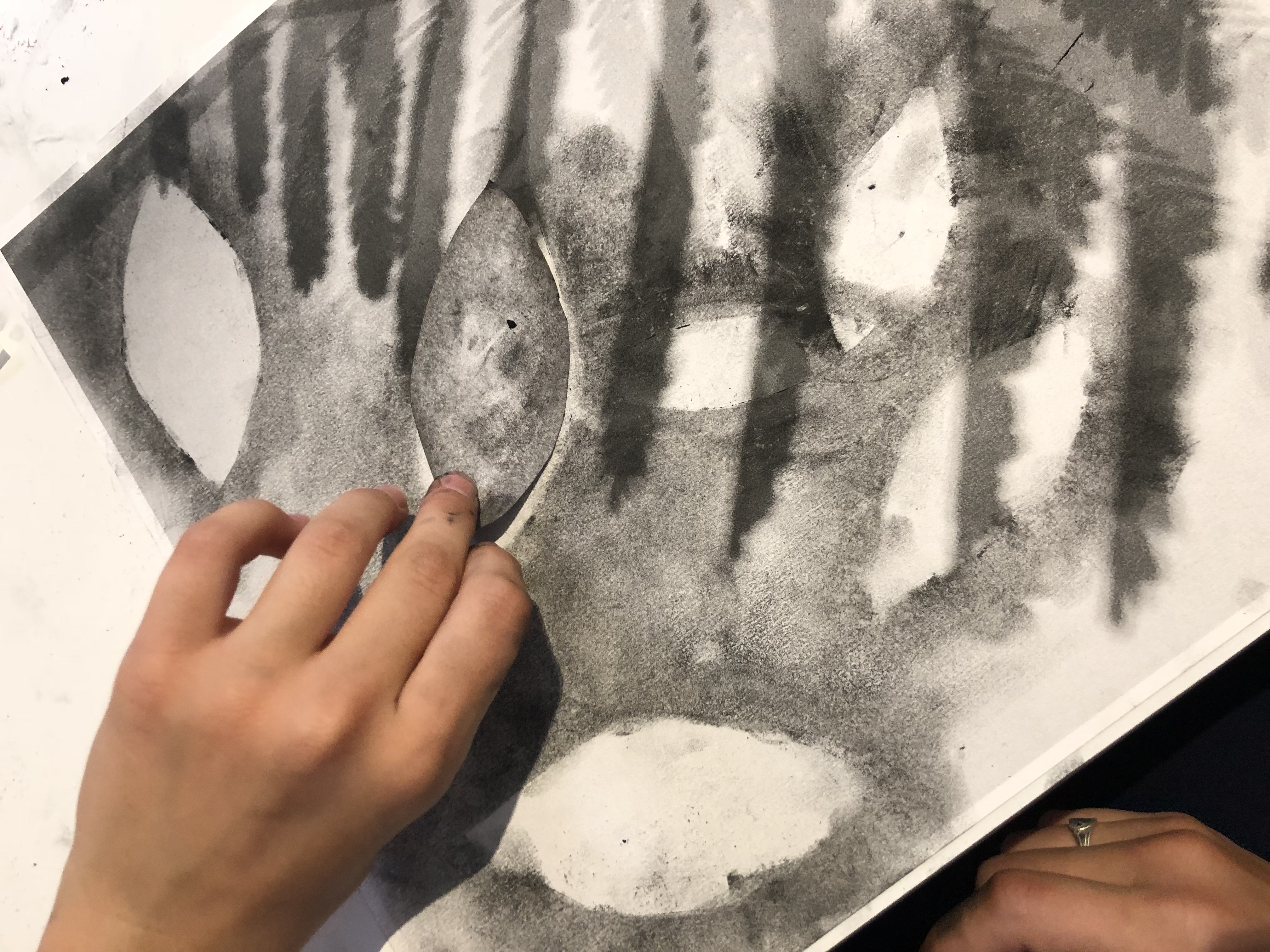
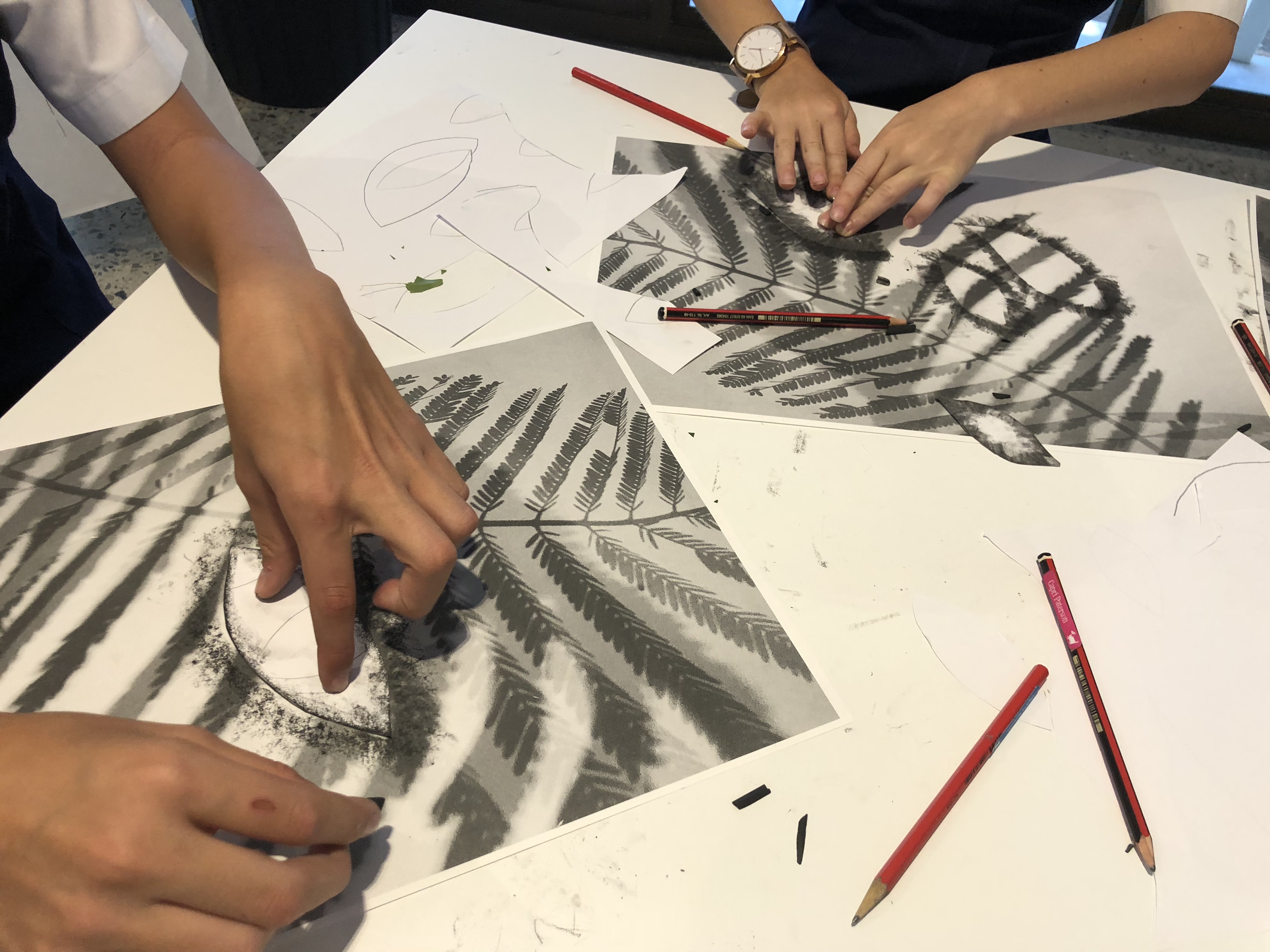
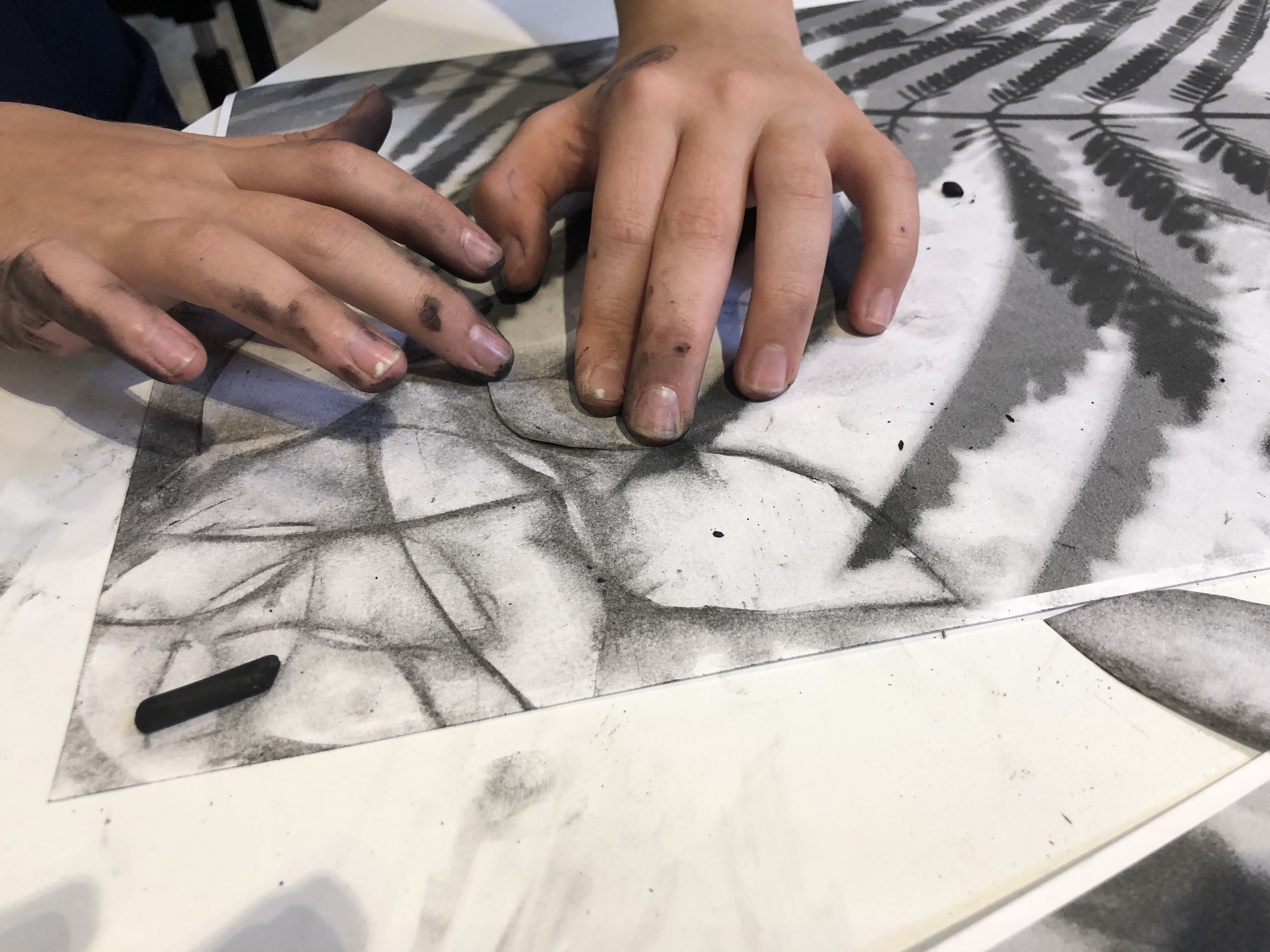


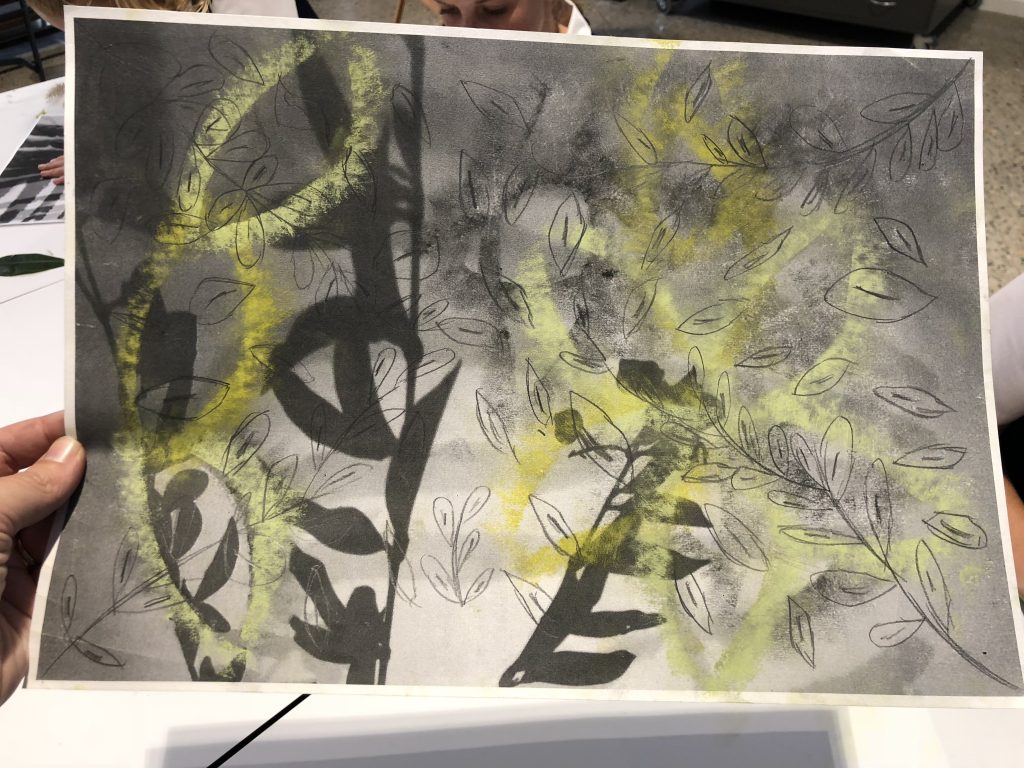
Teaching the Tra-digital
I’ve seen both the term and the concept gaining traction, which is a wonderful development, because in my travels to schools across the globe it’s obvious that there is a digital divide in many classrooms and creative spaces. Oil painting, chalk pastels, pencils can be positioned as the tactile and messy approaches to arts learning. Coding, iPads, holograms seem to be positioned in some settings as ‘digital art’.
While I understand that there is a desire to label some creative materials in order to have a dialogue about the breadth of experiences we would like to offer in schools, a binary separation between technology and other, or perhaps hands-on and not hands-on is unhelpful. It’s a very narrow view of the opportunities for art-making and creativity if your definition of technology excludes the contribution of digital tool to physical and multi-sensory learning.
I’d love to hear about your ‘tra-digital’ arts learning experiences….
















wonderfull 🙂
really usefull, thanks